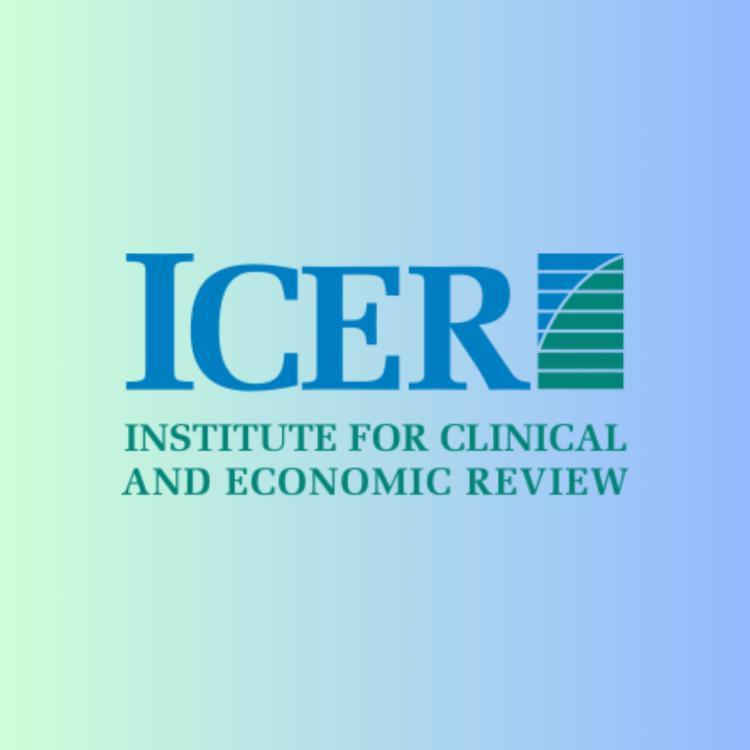Health plans are increasingly implementing cost-containment measures that undermine the purpose and generosity of health insurance. These measures, including prior authorization, step therapy, coverage exclusions, and higher patient cost-sharing obligations, often lead to treatment delays or deny patients access to necessary care altogether.
Despite numerous multi-stakeholder efforts to reform benefit design and establish guardrails that protect patient access, healthcare payers continue to impose inappropriate barriers to care. Today, the Institute for Clinical and Economic Review (ICER) released its fourth annual Fair Access report, which evaluates the alignment of select prescription drug coverage policies with a small subset of “Fair Access” criteria that ICER developed in 2020. Though the report has limitations, it highlights a persistent challenge in the U.S. healthcare system: patients continue to face unnecessary and harmful barriers to care due to poorly designed health benefits.
Achieving “fair access” requires better benefit design
This year, ICER added a new analysis to its Fair Access report, which uses IQVIA data to analyze real-world patient out-of-pocket costs, prior authorization processes, and prescription drug abandonment for 8 of the 11 drugs assessed in this report. This analysis revealed several access challenges not captured in ICER’s “payer concordance” analysis.
For instance, the IQVIA analysis reveals widespread coverage exclusions, particularly for obesity treatments. The data show that a substantial number of prescriptions are rejected on the first fill attempt, mainly due to non-coverage. This is particularly true for obesity medications, for which 30-52% of rejections were for non-coverage. The analysis also reveals widespread use of prior authorization and step therapy requirements. Notably, barriers to access exist regardless of whether a drug was priced below traditional cost-effectiveness thresholds. For example, multiple weight loss drugs meet ICER’s definition of “fairly priced,” yet patients are forced to endure arduous access barriers to high-value medications prescribed by their provider.
The IQVIA analysis has important limitations. It does not include details on tiering or benefit design, making it impossible to account for patients' exposure to deductibles, coinsurance, or copay accumulator programs. Therefore, patients are likely facing even more barriers to access than those identified in this analysis.
Patients face multiple challenges when seeking access to innovative gene therapies
ICER’s Fair Access report also highlights the challenges patients face when seeking access to gene therapies. This year’s report includes 3 gene therapies: Zynteglo, Roctavian, and Hemgenix. While payer coverage policies had high concordance with a subset of ICER’s Fair Access criteria, real-world patient experiences tell a different story. ICER’s interviews with patients identified numerous access challenges related to the limited sites of care, age requirements, and insurance barriers. Additionally, ICER’s exploratory transparency analysis highlights a lack of payer transparency regarding cost sharing, tiering, and site of care. This lack of clarity makes it even more challenging for prospective plan members to make informed decisions when selecting an insurance plan and making decisions that impact their access to care.
As a recent NPC analysis notes, numerous challenges are currently preventing optimal patient access to gene therapy treatments. Addressing these issues will require a multi-faceted approach, including better value assessment methods, fit-for-purpose innovative payment models where appropriate, and the removal of unnecessary access barriers imposed by healthcare payers.
The report is subject to limitations, including reliance on ICER’s flawed shared savings scenarios
Overall, the Fair Access report raises important concerns about patient access; however, it is subject to numerous methodological limitations and shouldn’t be used to draw conclusions about whether payers are providing meaningful access to patients. For example, the report adopts a narrow scope, evaluating payer alignment with only 14 out of ICER’s 27 Fair Access Criteria. Additionally, the concordance analysis excludes policies for drugs that are non-formulary or excluded from coverage. Coverage is a fundamental component of access; omitting it from an analysis of 'fair access' weakens the credibility of ICER’s findings.
Additionally, ICER relies on its flawed and unsupported shared savings scenarios to determine the “fair price” for three gene therapies. ICER’s shared savings model disproportionately reduces recommended pricing for treatments targeting rare, severe, and pediatric diseases, undermining incentives for developing new therapies for vulnerable populations. Ironically, employing such methods in a report meant to assess “fair access” and “fair pricing” unfairly penalizes gene therapies, risking reduced patient access to transformative treatments.
